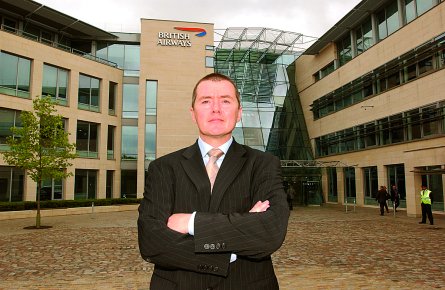Analysts say this is a clear sign that new chief executive Willie Walsh will not be shy in wielding the axe in other parts of the business. “This has got to be the way to read it,” says Chris Avery, London-based analyst at JP Morgan.

“He [Walsh] can now turn around to any labour group and say, look – I’ve reduced my senior management by half,” says Avery. “It sets a tremendous precedent and is a clear sign that on the Willie Walsh watch, we are not going to get acceptance of the status quo.”
BA has already been one of the most aggressive European carriers when it comes to cutting labour costs since 9/11. Commenting on the management cuts, Avery says: “You just can’t see this happening at Air France or Lufthansa.”
BA says the restructuring programme will see a 35% reduction in the carrier’s 1,715 managers by March 2008. This comprises a 50% cut in senior managers from 414 to 207, and a 30% reduction in middle manager posts from 1,301 to 911. This brings the total number of job cuts to 597, with an estimated saving of £50 million ($88 million) towards BA’s cost-reduction target of £300 million by March 2007. The programme was launched in January 2004.
“We must lower our costs so that we can fund future investment in our business,” says Walsh, adding that the move signals a renewed effort to achieve the airline’s long-stated aid of 10% operating margins.
He adds: “We are restructuring the airline to remove duplication, simplify our core business and provide clearer accountability. Managers will have greater accountability for making decisions, delivering results and leading the business.”
BA’s record on cutting labour costs has been draconian, with Walsh’s predecessor, Rod Eddington, axing 14,000 jobs during his five-year tenure at the airline. Walsh had already established his cost-cutting credentials at Irish flag carrier Aer Lingus, where he slashed one-third of the airline’s workforce during his five years as chief executive, before leaving to join BA earlier this year.
The senior management job cuts would be carried out in three phases with 94 of the top executives to leave by the end of March 2006 and further reductions over the next two years. ■
COLIN BAKER/LONDON
Source: Airline Business























